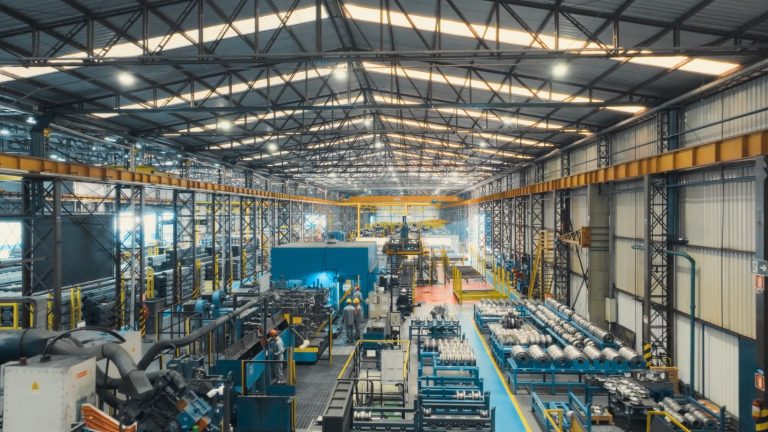Austrian steel shifts from scale to capital disciplin
Voestalpine warns no improvement in conditions ahead and accelerates restructuring. With weak demand, high energy costs, and margin compression, the steelmaker pivots toward specialty metals and cash-flow discipline instead of volume growth.

Voestalpine’s latest guidance reinforces one of Europe’s defining industrial themes: we have entered a long stretch of stagnation in heavy manufacturing where growth cannot be assumed, only defended. The Austrian steel and specialty metals group stated that it expects no improvement in economic conditions in the coming months, signaling that Europe’s industrial recession is not cyclical noise but a structural reset. Instead of waiting for a demand rebound that may never materialize at prior levels, Voestalpine is leaning harder into restructuring — cost discipline, asset optimization, and portfolio rationalization.
The mechanism behind the weak outlook is a multi-layer compression of margins: slow demand from automotive and capital goods; energy costs still structurally higher than pre-2021; and elevated wage settlements across the eurozone. Steelmakers operate in a price-taking environment where excess capacity globally suppresses spreads. Even when raw-material prices are manageable, Europe’s energy transition raises opex through higher carbon compliance and electricity costs. The result is squeezed EBITDA for steel and specialty producers that are already capital-intensive and debt-sensitive.
Voestalpine is responding through restructuring and capital redeployment rather than volume chasing. Steel capacity is being rationalized, non-core units are under review, and the company is reallocating investment into higher-margin specialty steel and precision components tied to aerospace, renewable energy infrastructure, and premium automotive grades. These markets do not eliminate cyclicality, but they improve pricing power and reduce reliance on low-margin commodity steel. The strategy shows Europe’s metals firms moving from an “economy-of-scale” mindset to a “return-on-capital” mindset.
The macro signal is broader than steel. Europe’s industrial system is undergoing compression and consolidation. Too many producers are chasing too little demand, especially as China exports surplus steel into world markets. European demand remains weak because capital goods orders are linked to business confidence — and business confidence is shaped by interest-rate uncertainty and slower fiscal disbursement. Until capital expenditure cycles restart, volumes remain flat, and pricing power stays weak.
Financial markets care because this type of guidance alters how investors value European industrials. Instead of paying for a cyclical recovery, markets are paying for survival quality: cost control, balance-sheet strength, and exposure to specialty segments where margins are structurally higher. The shift moves valuation from EBITDA growth to free-cash-flow durability. When a company signals that improvement is unlikely, clarity replaces optimism — and clarity has value in itself.
Forward risks are straightforward but material. If energy prices rise again or if China increases steel exports, European spreads could compress further. If restructuring fails to translate into cash-flow gains, leverage could pressure credit ratings. The upside scenario depends on aerospace demand and green-steel incentives, where Voestalpine has technological edge.
Europe cannot restructure its way to growth forever. But in this phase of industrial stagnation, restructuring is the only credible macro hedge.





